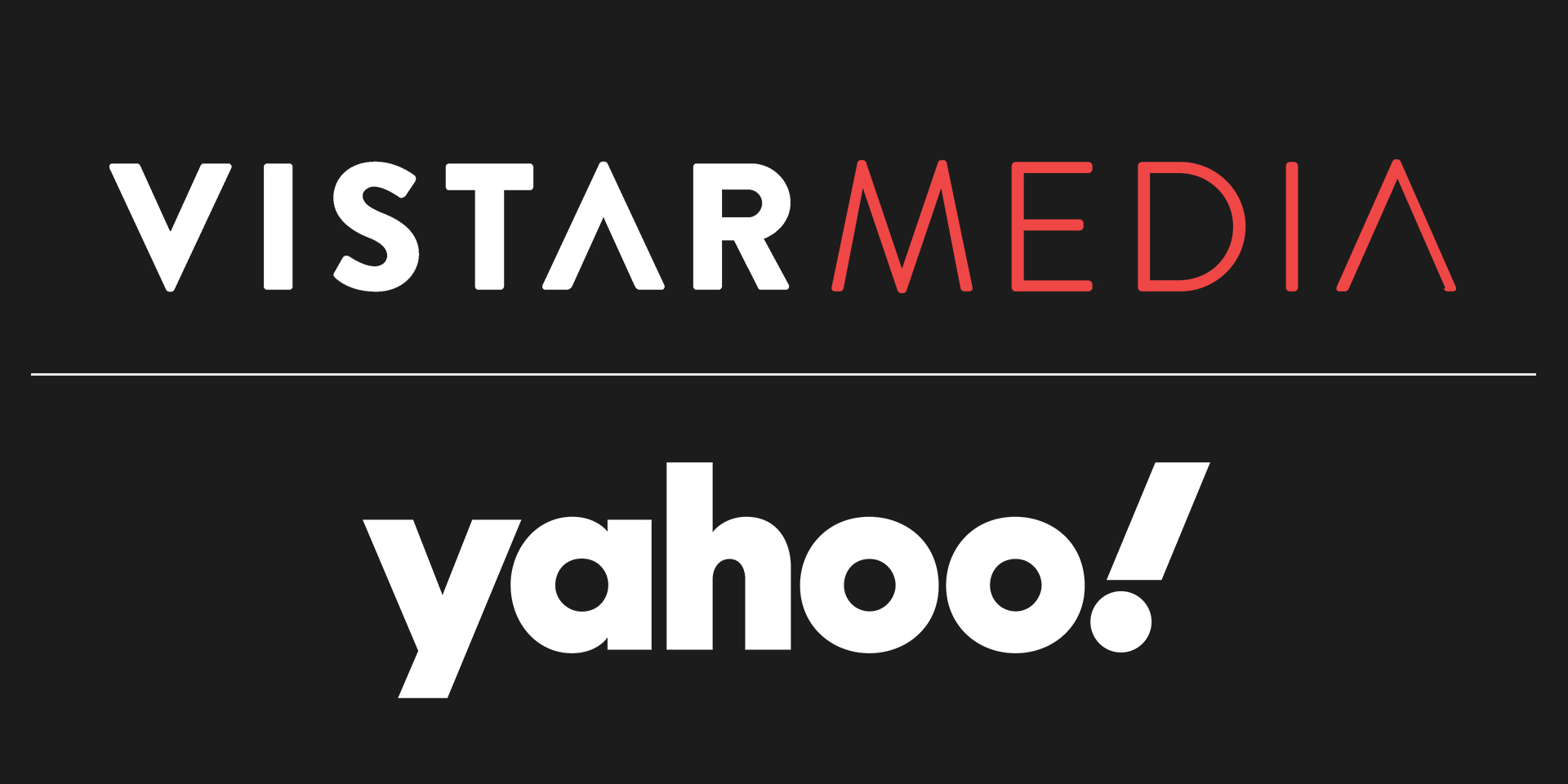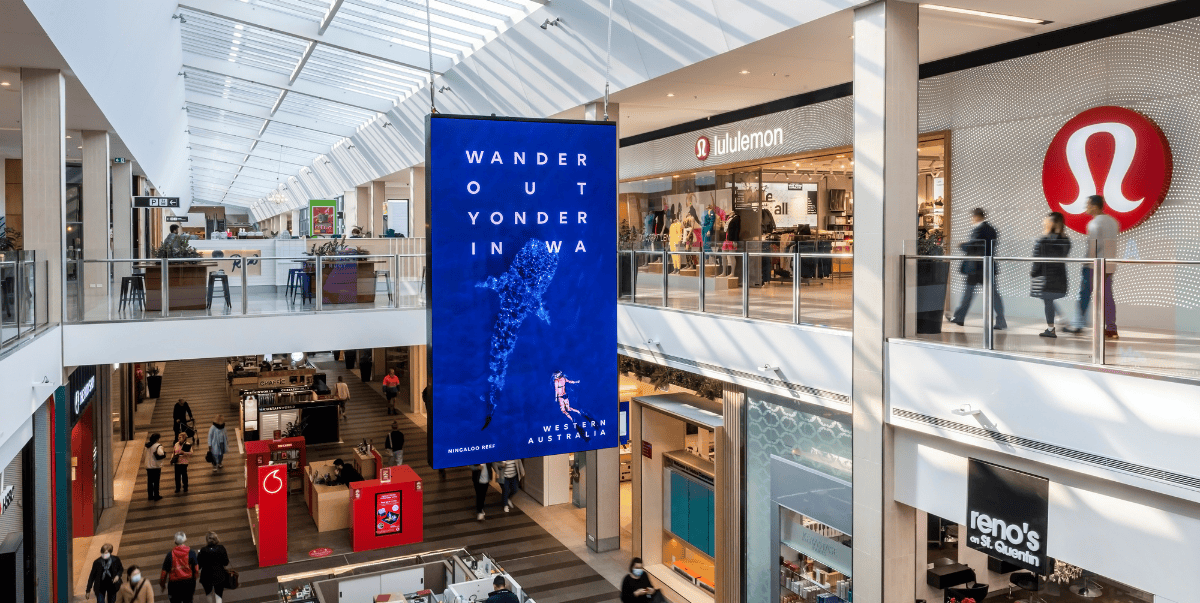
Kumi Ebihara is the Senior Director of Inventory Partnerships at Yahoo, one of the world's leading omnichannel demand-side platforms. We talked with Kumi about Yahoo's partnership with Vistar's supply-side platform, the role of out-of-home media in an omnichannel platform and her view on the programmatic marketplace.
Q: What’s your role at Yahoo?
I lead Yahoo’s Inventory Partnerships team which gives me the great privilege of working with supply partners and advertisers to deliver transactional success. As Yahoo’s DSP is omnichannel, our team drives partnership initiatives across all channels: display, video, native, CTV, audio and OOH. Our team’s role is to advise and activate supply solutions that meet and exceed advertisers’ KPIs. And we deliver on that promise each and every day!
Q: What drove Yahoo to become an early adopter of DOOH as an omni-channel DSP and why did you choose to partner with Vistar?
Advertisers on Yahoo DSP can activate campaigns reaching target audiences with display, video, native, CTV and audio campaigns. Digital Out-Of-Home screens are an opportunity to reach audiences at important moments throughout their day, and in premium environments.
DOOH is an innovative solution for advertisers to increase ROIs in a powerful medium that complements and amplifies campaigns we run on other channels. Vistar brought programmatic DOOH expertise and media owner relationships that complimented our strategy in this new channel and added scale for our advertisers.
Q: How have you seen DOOH evolve and what are the current trends you’re seeing in the market?
We’ve seen clients shift from testing DOOH as a stand alone channel, to being a true, omnichannel activation. Programmatic DOOH has its own nuances, and building a strong foundation for DOOH was critical to ensuring advertisers could activate seamlessly across channels.
There are several trends I am seeing, but a big one is standardization of the DOOH space. Standardization makes it easier for advertisers and platforms to adopt this new programmatic channel, and we’re excited to partner with Vistar and others to participate in this important market development trend that will help the whole ecosystem grow.
Q: What value has Yahoo seen in the open exchange for DOOH and what’s your projection for the future of transaction types?
When it comes to transaction types, DOOH is doing a great job of aligning to frameworks advertisers already know from other channels.
Advertisers are used to open market trading and like the speed and flexibility it offers for activation. The ability to apply targeting such as venue types, screen owners, locations, weather and Yahoo’s audience segments to DOOH campaigns, then just click “launch” helps achieve scale, simplicity and speed all at once.
And like other channels, many advertisers rely on private marketplaces (PMPs) for screens that are only available via PMP, or, programmatic guaranteed (PG) deals during periods of high sell through. PMPs can also be leveraged for enhanced transparency, optimizing to a KPI or accessing proprietary data sets and allow the buy-side to partner with screen owners to achieve those goals.
Q: Can you highlight a major challenge for the pDOOH space to grow?
There are two challenges I’ll call out as important for all of us in the industry to address.
Measurement is an obvious one, specifically, advancing omni-channel measurement that includes DOOH. We are seeing exciting progress in how advertisers and measurement partners are thinking about this, but as an industry, we need to stay focused on it because it will be critical to growth.
In addition, fragmented creative standards can create challenges. While creative specs for other channels vary among publishers, those for DOOH screens vary a lot more. I have seen media plans with as many as 60 different creative sizes for a single DOOH campaign. That kind of fragmentation could cause an advertiser to limit their media plans, or potentially even keep DOOH off the media plan entirely.
Yahoo is working with industry partners, including Vistar to address challenges around standardization, but I can’t stress enough the importance of this work to helping grow the channel.
Q: What can media owners do to make their network more attractive to you and your buyers?
Make it easy. There are specific programmatic DOOH nuances that may not be obvious to omnichannel advertisers. It’s most helpful when media owners have a simple one-sheet of their screens, and another for their programmatic specs. This kind of simplicity helps everyone focus on getting a campaign live and hitting our collective goals.
We appreciate our media owner partnerships and are excited to be pioneering growth in the space together.


